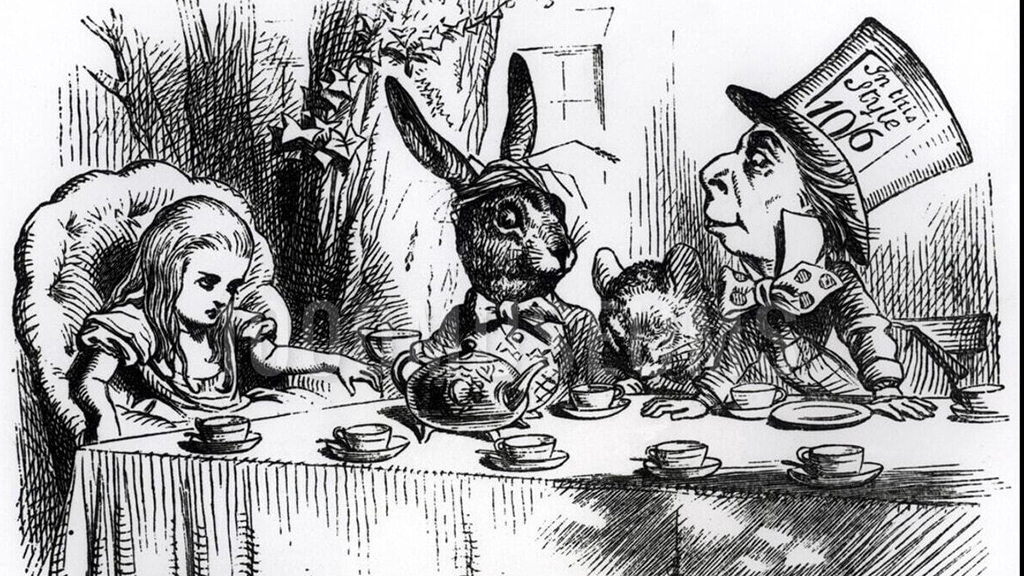Abstract
Playfully alluding to Lewis Carroll’s tale of Alice Through the Looking Glass, this case study considers the problems that would arise if a person were to cross over into a mirror-image environment. Students read about a drowsy undergraduate studying for a stereochemistry exam who finds herself in a place where spearmint gum tastes like caraway seed. The case emphasizes the lock-and-key theory of enzyme action and stresses the need for molecules to have the proper chirality if they are to be biologically useful. Designed for introductory organic chemistry and biochemistry courses, the case could also be used in biology courses.



